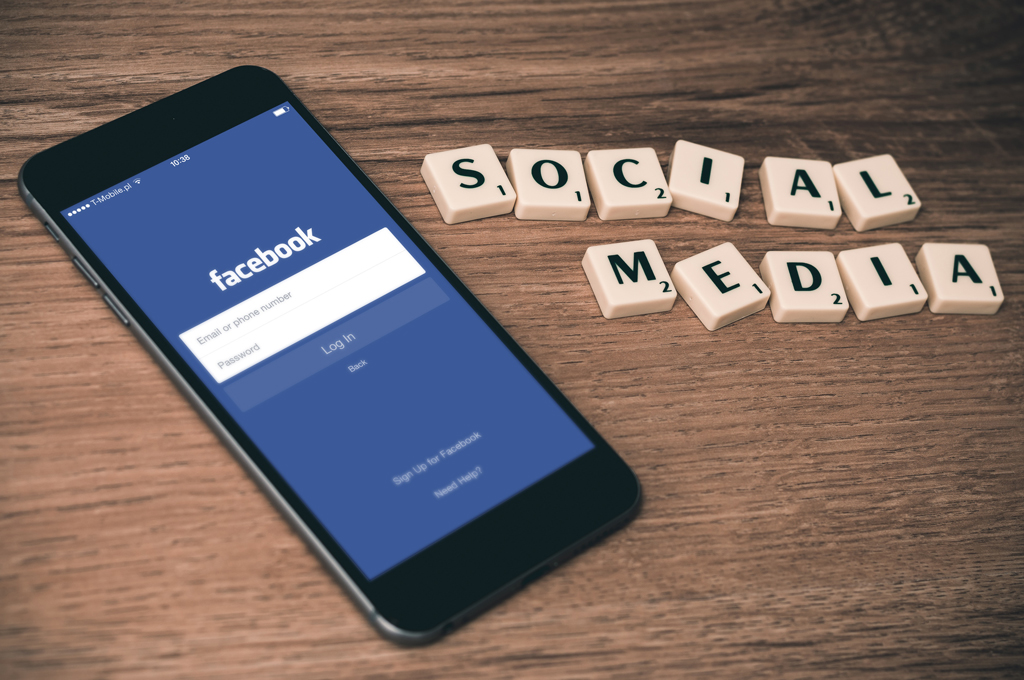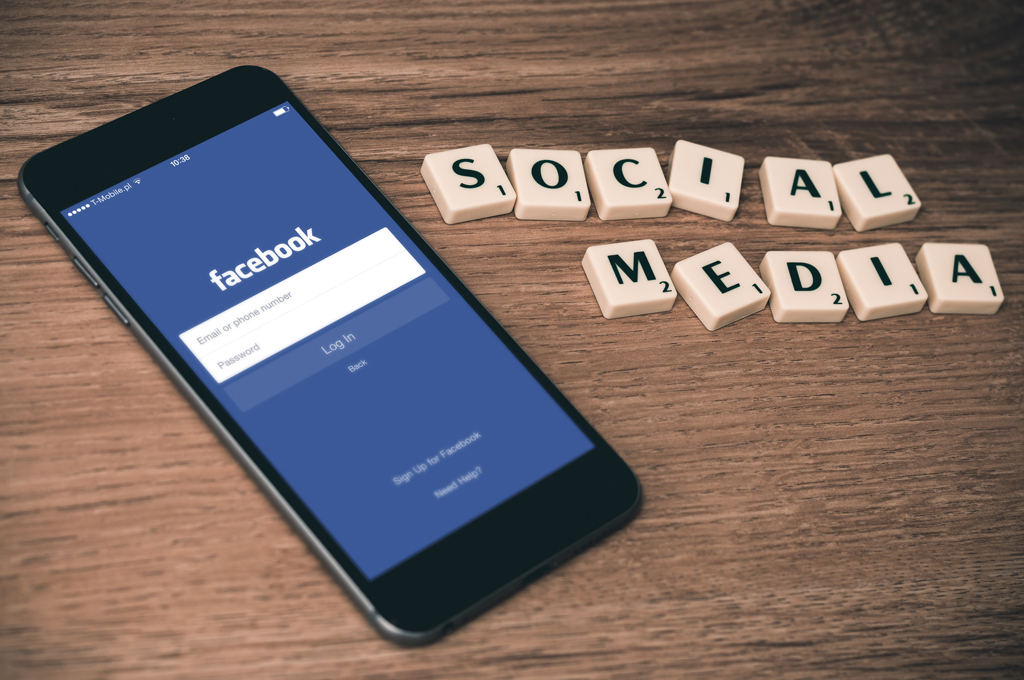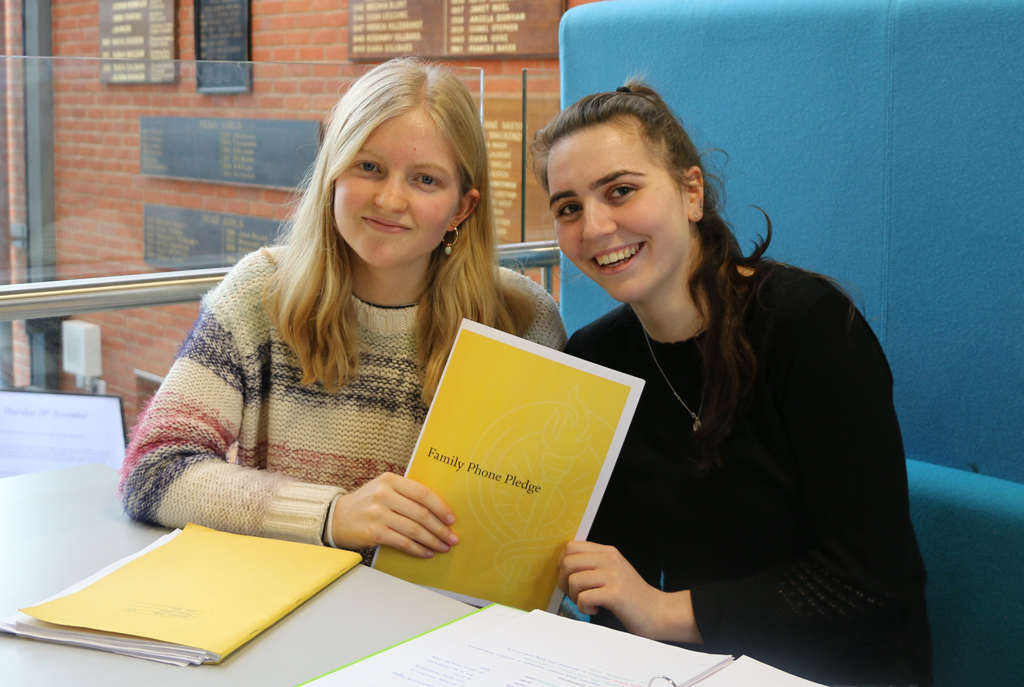
- HOME
- EDUCATION
Social Media and Mental Health: How to do a Digital Detox
By | 5 years ago

Social media has rightly or wrongly become the scapegoat for the increase in mental health problems in the younger generation. As millennials take on Dry January in swarms and devour digital detoxes like chocolates, Generation Z-ers may be wondering what will be left of modern life by the time they hit their 20s – except they’re not, they’re following suit.
Psychology students and members of the head girl team at South Hampstead High School GDST conducted their own study focusing on self-esteem. They found a strong negative correlation between the time spent on Instagram and confidence levels in teenagers. They also found that 50 per cent of pupils at the school want to use their phone less. When they explored the issue further, they found that feeling negatively toward newer tech wasn’t just confined to young people, either. Referencing a study by Digital Awareness UK, the sixth formers cited that the single biggest concern of young people in relation to digital devices is their parents’ usage of them. There is, therefore, plenty of method behind the phone-flouting ‘madness’.
So, will AI help or hinder our frazzled brains? Will Facebook give back or chip away further at our privacy and identity? Whether you think it’s a scapegoat or sin, one thing is certain: social media is not going away any time soon. In fact it’s only just getting started.
If you’re unsure how to protect your children from the many mental health problems that have been linked to prolonged social media use – namely depression, anxiety and eating disorders – try passing on these tips. Technology has, up until recently, been designed with the aim of entertaining and entrancing us. Now that we’ve cottoned onto this, and being addicted to your phone is a normal confession to make, even Apple has started to build in preventative measures. It’s becoming easier to monitor and reduce screen time use. In fact, it’s really simple.
Measure your Usage
The most recent Apple update means that your phone will automatically measure the length of time and how you use your phone: just got to your phone’s settings and select ‘Screen Time’. Categorising the minutes (and hours) you spend staring at your screens into social networking, reading and referencing and productivity, the app enables you to analyse yours and your child’s phone usage.
You can then see the total time broken down per app, as well as the amount of times you ‘pick up’ your phone per day. Pick up and notification data is particularly useful. It shows you which app you use first after each pick up, where your notifications are coming from, and at what rate. Its an invaluable mass of numbers that you can delve into as deeply as you wish. It also generates and tracks your averages and shows you if you’re increasing or decreasing the time you spend on your phone week-on-week.
Get Picky
One app may be taking up all of your attention, or it may be completely needless – Facebook and Twitter can be accessed on Safari if necessary and their respective apps can be very tempting. Cut out the time-wasters and also any apps you don’t use at all – the less distractions the better.
Clear your home page except for useful apps like your alarm, calendar and maybe Google maps. When you open your phone aimlessly, this will make it that little bit harder for you to get lost in a social media rabbit hole.
You can also stop notifications popping up from certain apps. Social media and other apps notify you of random events as ways of luring you onto their platforms.
Schedule Downtime
Set your phone to block app usage during a set period throughout the day or night. 8pm until 8am works well, as it ensures you or your children aren’t spending time on your phone just before going to sleep or just after waking up. Not only will this improve the quality of sleep (blue light has been proven to disrupt it), it will also free up your bedtime or morning routines for more meaningful activities like reading or chatting.
You can exclude essential apps from the block (such as your alarm) and it can also be overridden relatively easily, but it means that in general your phone is off limits during this time and you won’t receive notifications from anything that has been blocked.
No Phone Zones
Banning phones from certain rooms will also give your digital detox some structure. Start with your bedroom – charging your phone outside the room will make it a haven to de-stress and sleep in. What about the dinner table? There really is no need to check Instagram while you’re eating or find out the answer to that trivia question straight away. It’s also good practice to try and dredge the name up from your memory or try and work out a problem without the help of the internet. Likewise, you really don’t need to watch YouTube videos while you’re on the loo- read a book if you must do something. Try making trains, buses or the ride to school in the car a no phone zone too – you may feel calmer when you arrive.
Postpone your Phone
Write a list of anything you want to watch, do or find out from your phone and promise yourself you’ll do it later. You can schedule half an hour each day to ticking everything off the list. This postponement strategy means that by the time you do allow yourself online, you’ll probably realise that those things aren’t so important after all.
Set Goals
Although Apple haven’t yet built in a way of setting time limit goals in your phone system itself, apps like Moment allow you to set a maximum amount of pick ups or period of screen time per day. The app will then notify of your progress throughout the day and let you know if and when you exceed this limit. This is a great way to help you reduce your usage gradually. Trying to spend less than an hour a day on your phone (or less on a school day!) is a good aim to go for, but this will take weeks rather than days to achieve.
Work Together

At South Hampstead High School, the Psychology A-level students developed a Family Phone Pledge: a contract split into Social, Study, Sleep and School – the ‘4S’s of screen time. It outlines suitable and effective measures for monitoring and managing screen time for both adults and children. More importantly, it highlights the need to encourage and reward each other as well as keep each other accountable. This initiative hit the front page of The Times and was subsequently featured on the BBC News channel, ITV London News and various radio programmes. Numerous people have since contacted the school to ask for copies of the pledge so they can implement it at home. Perhaps you should too…
READ MORE: Mental Health in Schools: Building Strength of Character



